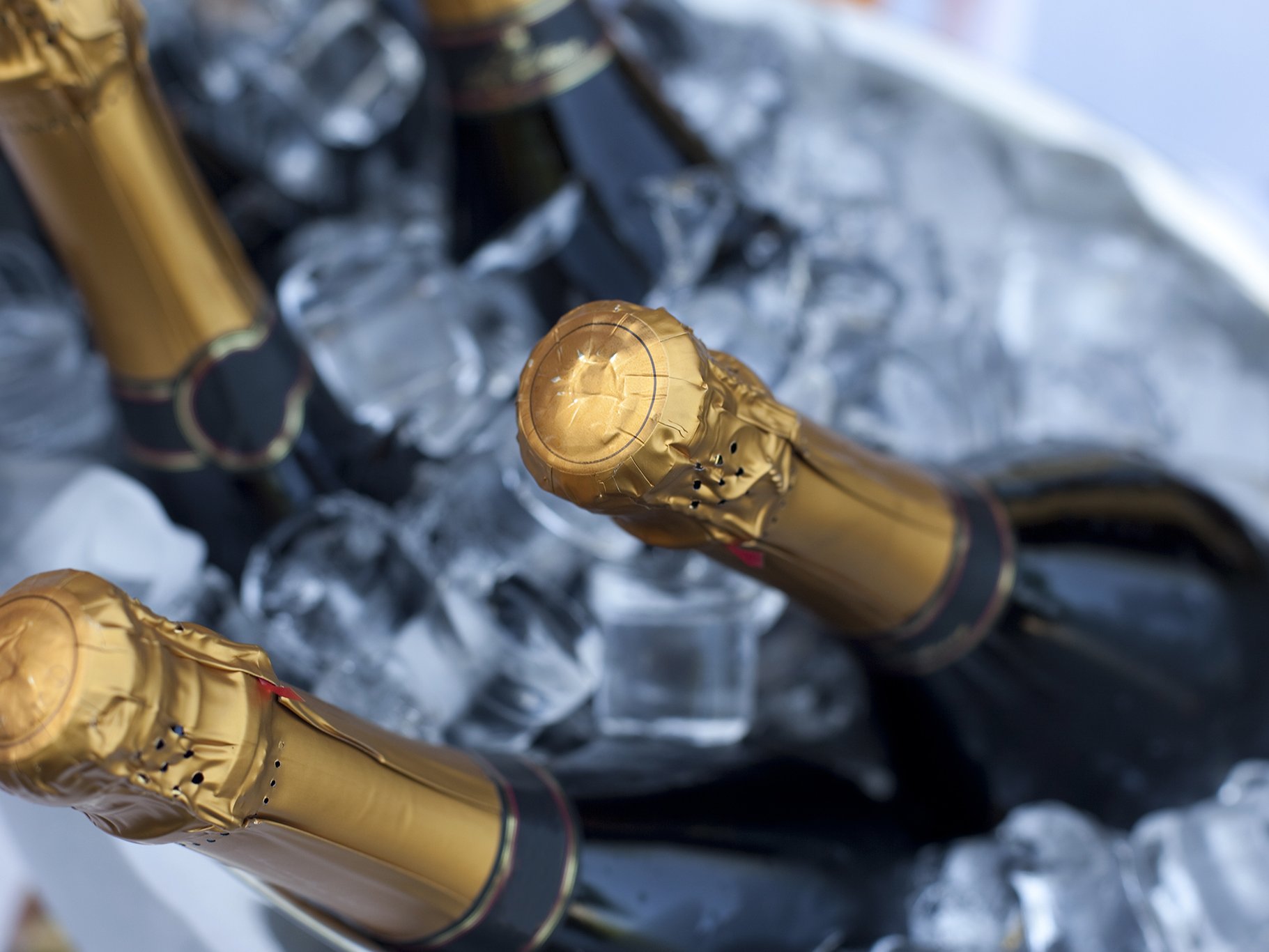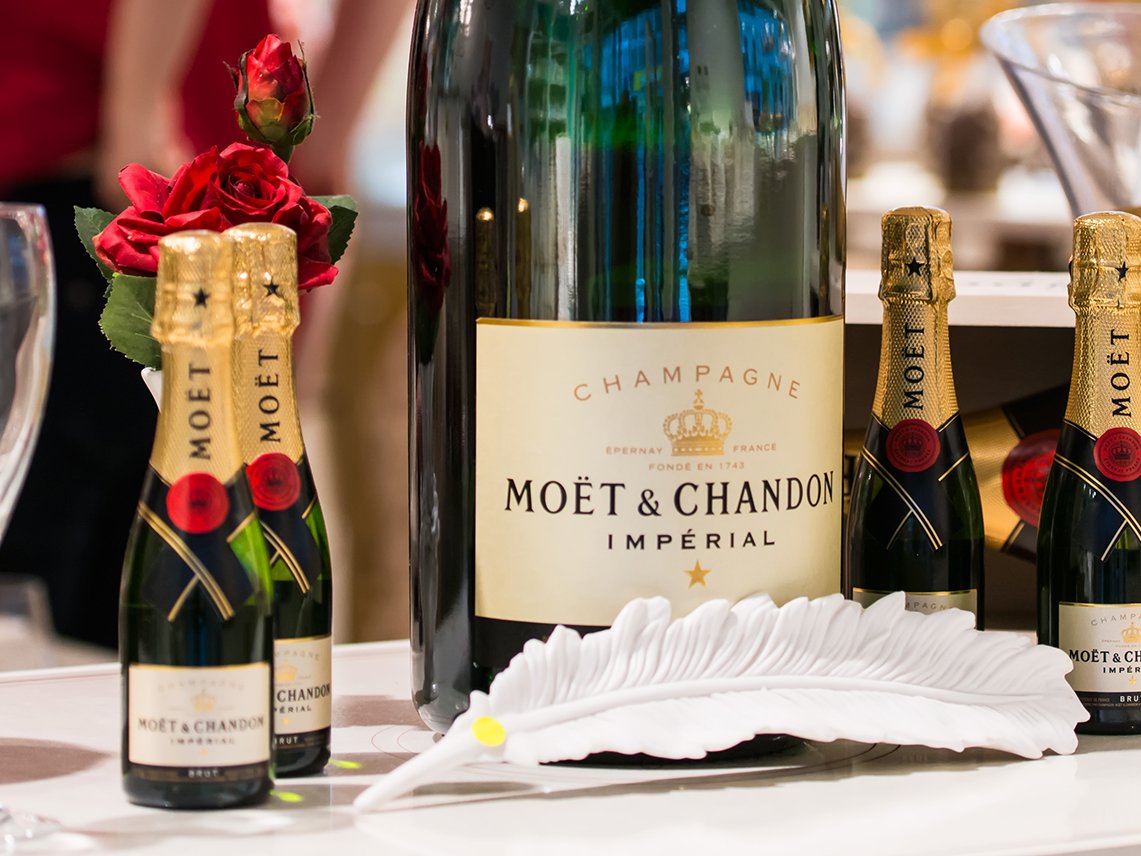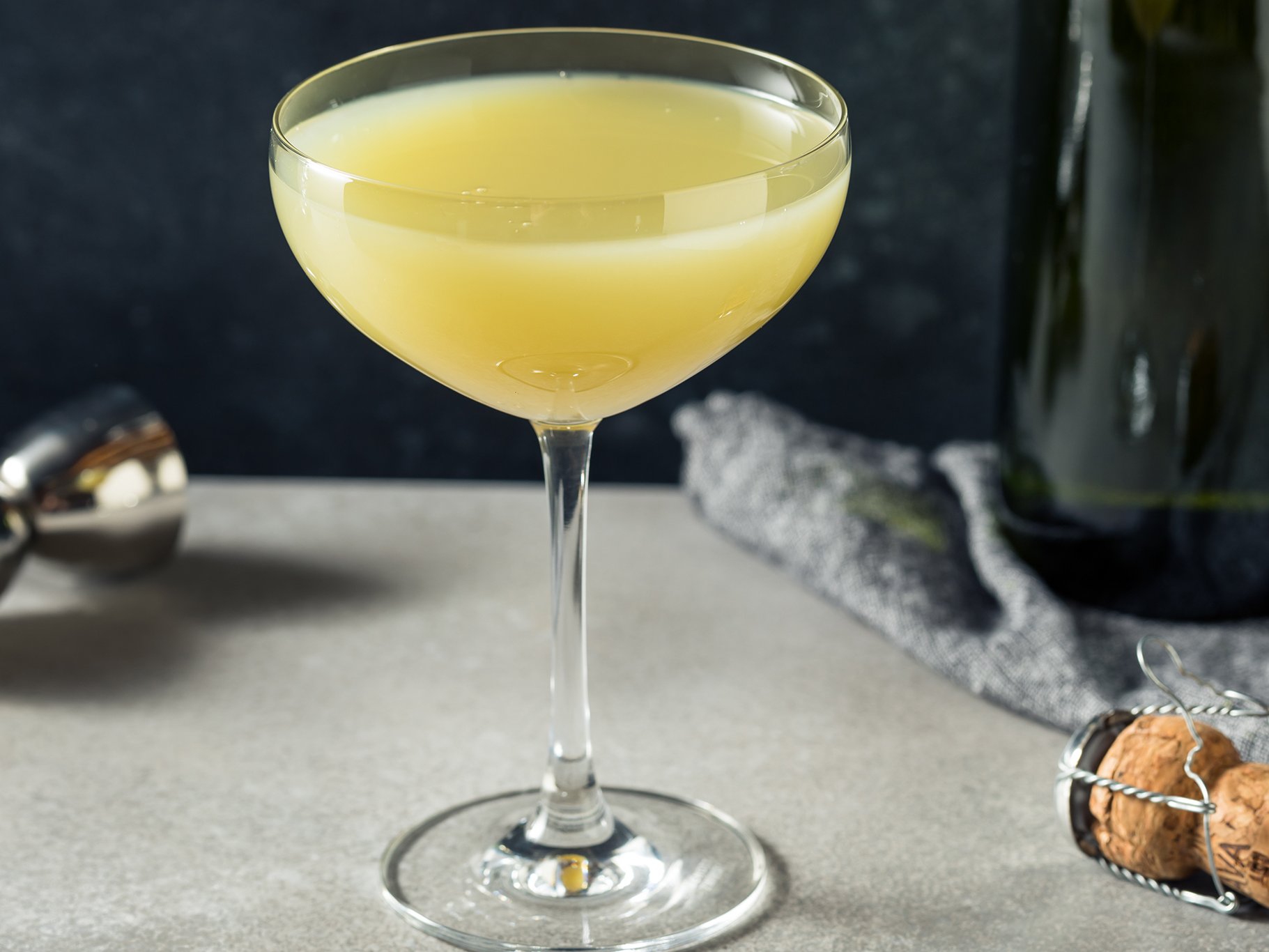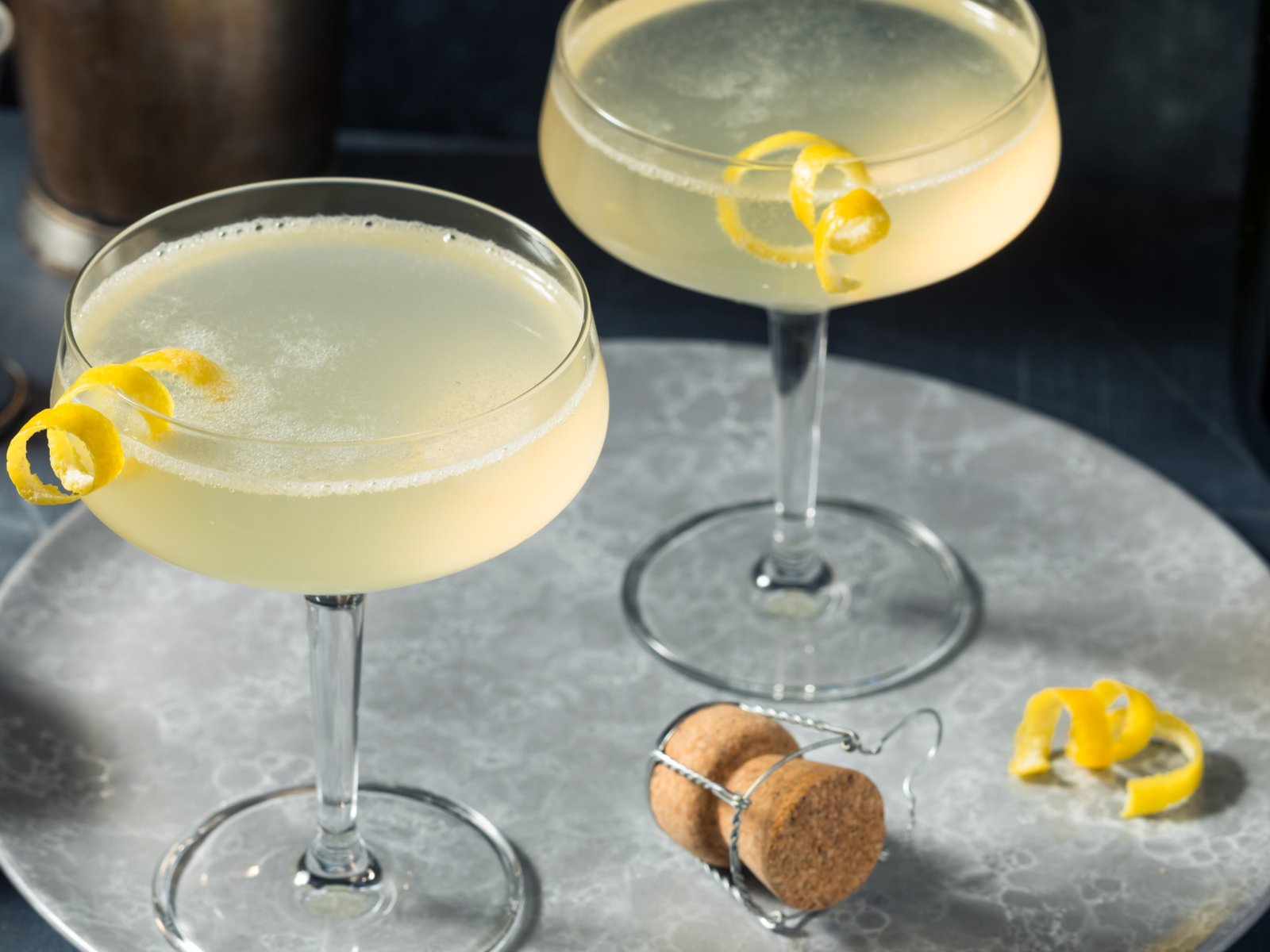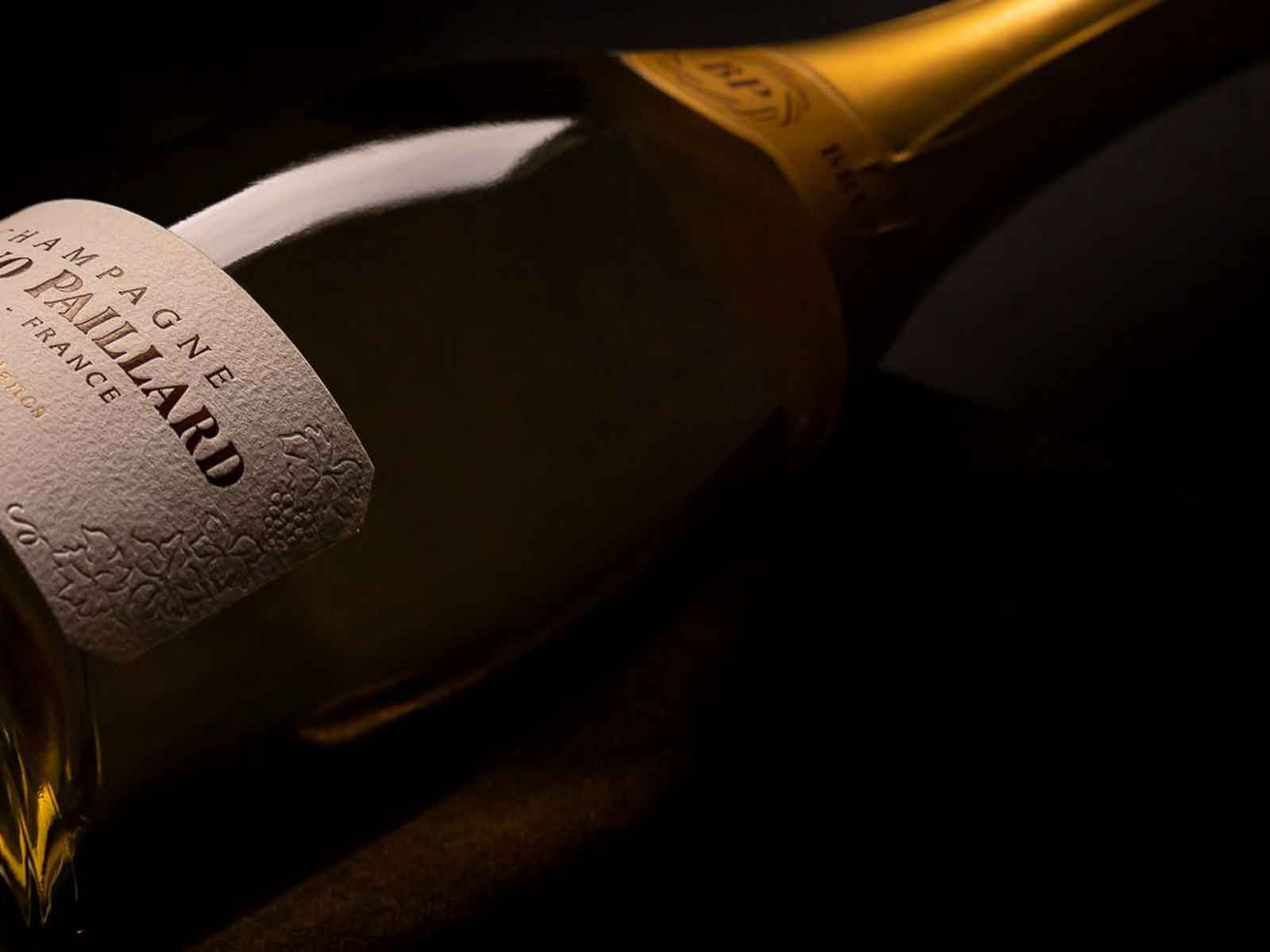Bubble boffins unlock the secret of Champagne’s fizz
Researchers in the US and France test the bubbles formed by a range of different drinks.
If you’ve stared at a glass of fizz for a little too long and wondered why do the bubbles do what they do, scientists have now supplied the answer: surfactants!
The researchers at Brown University in Rhode Island in the US and at the University of Toulouse looked into the patterns bubbles made in a number of carbonated drinks including sparkling water, beer, prosecco and, of course, Champagne.
Gas was injected into the liquids to experiment with bubble size with the results for sparkling wine revealing that it is the surfactants found in the liquid that create the stable, single file bubble chains commonly associated with a glass of fizz.
“The theory is that in Champagne (sparkling wine) these contaminants that act as surfactants are the good stuff,” said Robert Zenit, Professor of Engineering at Brown University. “These protein molecules that give flavour and uniqueness to the liquid are what makes the bubbles chains they produce stable.
“Most people have never seen an ocean seep or an aeration tank but most of them have had a soda, a beer or a glass of Champagne. By talking about Champagne and beer, our master plan is to make people understand that fluid mechanics is important in their daily lives.”
The research proved that different fizzy drinks produce different bubble shapes and actions: beer bubbles don’t rise in a straight line while sparkling water doesn’t produce straight bubble chains at all.






